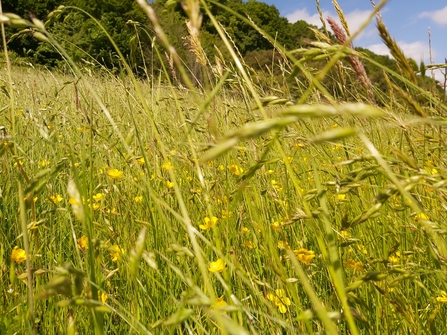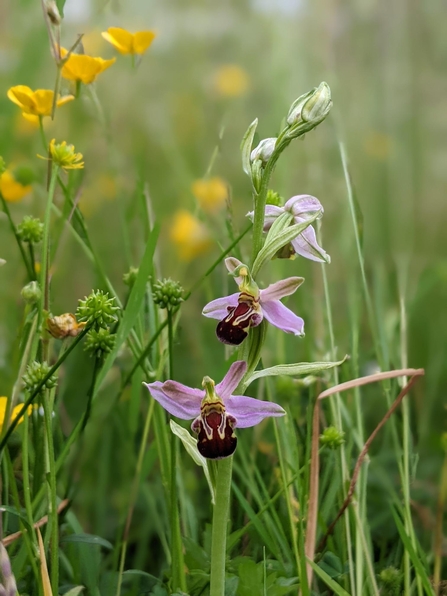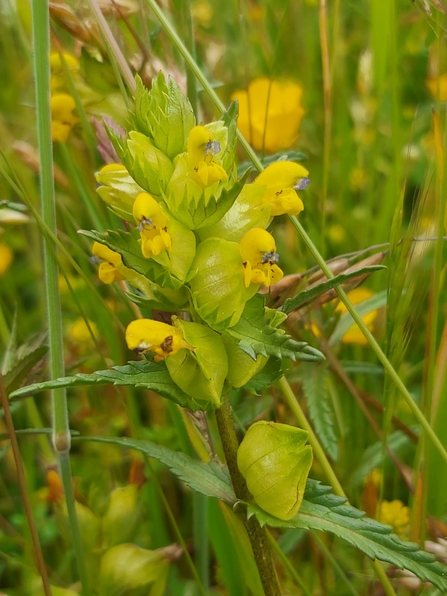Oak Tree Farm is perhaps Herefordshire Wildlife Trust’s most ambitious habitat creation project in recent years. Situated in the Lower Lugg Valley, just to the south of our Bodenham Lake Nature Reserve, the aim of this project was to create a vibrant wetland habitat for iconic species such as curlew, lapwing and otters, as well as to create greater habitat connectivity in the area. This involved the creation of a series of scrapes, ponds and channels on the Lugg floodplain to create a mosaic of wetland habitats. But, as well as creating wetland habitats, much effort has also been put into making this 30-acre site into a thriving grassland ecosystem.
Before the site was purchased by Herefordshire Wildlife Trust, the site showed little signs of agricultural improvement in the past, making it ideal for grassland restoration.




